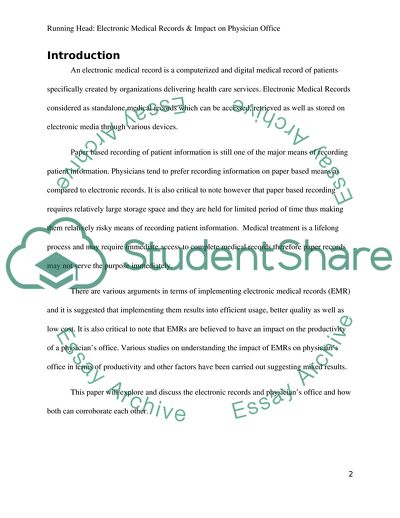Cite this document
(Electronic Medical Record Impact on Physician Office Essay, n.d.)
Electronic Medical Record Impact on Physician Office Essay. https://studentshare.org/medical-science/1800845-electronic-medical-record-impact-on-physician-office
Electronic Medical Record Impact on Physician Office Essay. https://studentshare.org/medical-science/1800845-electronic-medical-record-impact-on-physician-office
(Electronic Medical Record Impact on Physician Office Essay)
Electronic Medical Record Impact on Physician Office Essay. https://studentshare.org/medical-science/1800845-electronic-medical-record-impact-on-physician-office.
Electronic Medical Record Impact on Physician Office Essay. https://studentshare.org/medical-science/1800845-electronic-medical-record-impact-on-physician-office.
“Electronic Medical Record Impact on Physician Office Essay”. https://studentshare.org/medical-science/1800845-electronic-medical-record-impact-on-physician-office.


